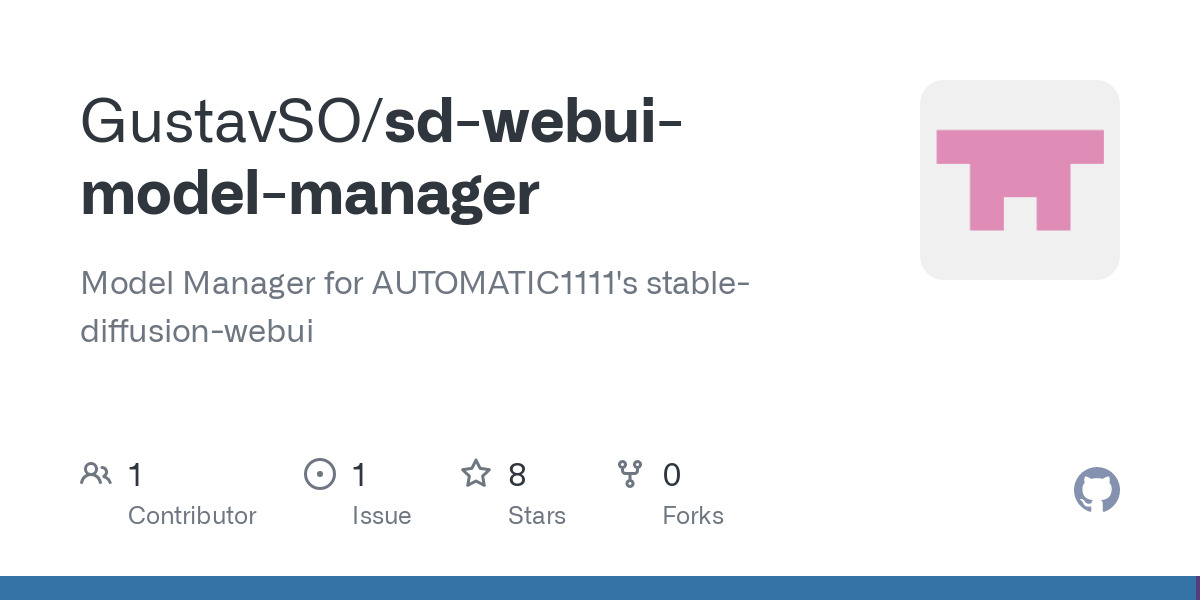The digital landscape thrives on user interfaces (UIs) that are intuitive, user-friendly, and efficient. In this realm, WebUI managers play a crucial role in managing and customizing the functionalities accessible through a web browser. This comprehensive guide delves into the world of WebUI managers, exploring their core functions, various applications, potential benefits, and considerations for choosing the right WebUI manager for your specific needs.
Demystifying the WebUI Manager: A Bridge between Users and Functionality
A WebUI manager acts as a software component or application that facilitates the control and customization of the elements and functionalities accessible through a web-based interface. Imagine a control panel for your website or web application. The WebUI manager empowers you to manage aspects like:
- Themes and Layouts:WebUI managers often provide tools for selecting or customizing website themes, creating menus, and arranging content blocks, influencing the overall visual appeal and user experience of your web presence.
- Plugins and Integrations:Managing plugins and integrations that enhance your website’s functionality is often facilitated through the WebUI manager. This could involve installing, configuring, and updating plugins that add features like contact forms, e-commerce functionalities, or social media integrations.
- User Accounts and Permissions:In applications involving user accounts, a WebUI manager might empower administrators to manage user registration, assign permissions, and control access levels within the web-based system.
- Content Management:For websites with dynamic content, a WebUI manager might provide a user-friendly interface for creating, editing, and publishing content, simplifying content management tasks for non-technical users.

Unveiling the Diverse Applications: WebUI Managers across Industries
WebUI managers transcend a single industry and find application in various contexts:
- Content Management Systems (CMS):Popular CMS platforms like WordPress, Drupal, and Joomla! Extensively utilize WebUI managers. These managers empower website owners to manage content, customize layouts, and install plugins without requiring extensive coding knowledge.
- Network Management:WebUI managers are prevalent in network devices like routers, switches, and firewalls. They provide a user-friendly interface for network administrators to configure network settings, monitor network traffic, and perform basic troubleshooting tasks.
- Smart Home Devices:Many smart home devices like thermostats, lighting systems, and security cameras offer web-based interfaces managed through a WebUI manager. This allows users to control and configure these devices conveniently from a web browser.
- Custom Web Applications:Web applications developed for internal use within organizations often implement custom-built WebUI managers. These managers provide a user-friendly interface for employees to interact with the application’s functionalities without requiring access to the underlying code.
Bridging the Gap: Benefits of Utilizing WebUI Managers
Employing a WebUI manager offers several advantages:
- Simplified User Management:WebUI managers often provide a user-friendly interface for managing user accounts, permissions, and access levels, simplifying user administration tasks for non-technical users.
- Enhanced User Experience:By empowering users to customize website layouts, themes, and functionalities, WebUI managers can enhance the user experience by providing a more personalized and intuitive web interface.
- Improved Efficiency:WebUI managers streamline various tasks like content creation, plugin management, and device configuration, improving overall workflow efficiency for users with limited technical expertise.
- Reduced Reliance on Developers:For simple customization tasks, WebUI managers empower users to make changes directly, reducing the need for constant developer intervention. This is particularly beneficial for small businesses or organizations with limited IT resources.
Choosing the Right WebUI Manager: A Matter of Needs and Compatibility
Selecting the ideal WebUI manager requires careful consideration of your specific needs:
- Application Context:Consider the specific application where the WebUI manager will be used. For website management, a CMS-specific WebUI manager might be suitable. For network devices, a dedicated network management WebUI is needed.
- Functionality Requirements:Identify the functionalities you need the WebUI manager to offer, such as theme customization, plugin management, or user account administration.
- Ease of Use:Evaluate the user interface and ensure it’s user-friendly and intuitive for your intended user base, especially if non-technical users will be managing functionalities.
- Compatibility:Ensure the WebUI manager is compatible with your existing web platform or device. For example, a WordPress plugin wouldn’t function on a network router requiring a dedicated network management WebUI.
Additional Considerations: Security features, scalability, and potential integration capabilities with other systems might also influence your decision.
Beyond the Basics: Exploring Advanced WebUI Manager Features
While core functionalities are crucial, some WebUI managers offer advanced features that enhance capabilities:
- Drag-and-Drop Functionality:This allows for intuitive website layout creation and modification without requiring coding knowledge. Users can simply drag and drop content blocks and elements to their desired locations.
- Version Control:This feature allows tracking changes made through the WebUI manager and reverting to previous versions if necessary. This proves valuable for maintaining website consistency and ensuring accidental changes are easily rectified.
- Real-Time Monitoring and Analytics:Advanced WebUI managers might offer real-time monitoring of website traffic, user behavior, and device performance. This allows for data-driven decision making regarding website optimization and content strategy.
- Multi-User Access and Role-Based Permissions:For applications with multiple users, a WebUI manager can facilitate assigning different levels of access and permissions based on user roles. This ensures data security and restricts unauthorized access to sensitive functionalities.
The Future of WebUI Managers: Embracing Innovation and Security
The WebUI manager landscape is constantly evolving, with developers focusing on:
- Enhanced User Experience:WebUI managers will likely continue to become more user-friendly and intuitive, catering to users with varying levels of technical expertise.
- Artificial Intelligence (AI) Integration:AI-powered features might be incorporated to offer intelligent suggestions for website layout optimization, content personalization, or potential security threats.
- Enhanced Security:With growing cybersecurity concerns, WebUI managers will prioritize robust security features and vulnerability patching to safeguard user data and applications from cyberattacks.
Conclusion: Empowering Users, Simplifying Management – The Enduring Value of WebUI Managers
WebUI managers serve as the invisible bridge between users and the functionalities offered by web-based systems. They empower website owners, network administrators, and smart home device users to manage, control, and customize functionalities without requiring extensive technical knowledge. By understanding the core functions, diverse applications, potential benefits, and considerations for choosing the right WebUI manager, you can harness this valuable tool to streamline web-based workflows, simplify user management, and ultimately enhance your web experience.
Sources:
- webui manager
- WordPress – Using the WordPress WebUI Manager (Dashboard):(Official WordPress website offering a guide on navigating and utilizing the WordPress WebUI manager, also known as the Dashboard)
- Cisco Networking Academy – Introduction to Network Management WebUI:(Cisco resource explaining the fundamentals of network management WebUIs and their role in device configuration)
- SmartThings Support – Understanding the SmartThings WebUI:(Support website for SmartThings, a popular smart home platform, offering information on navigating and utilizing their web-based user interface)
- UI Breakfast – The Future of Web Interfaces: Top Trends to Watch:(Informative article exploring future trends and innovations in the realm of web interfaces, including potential advancements in WebUI managers)
- studocu.com/es-mx/document/universidad-estatal-de-sonora/seguridad-e-integridad-de-la-informacion/tutorial-de-servidor-vpn-y-cliente-vpn/11463197


